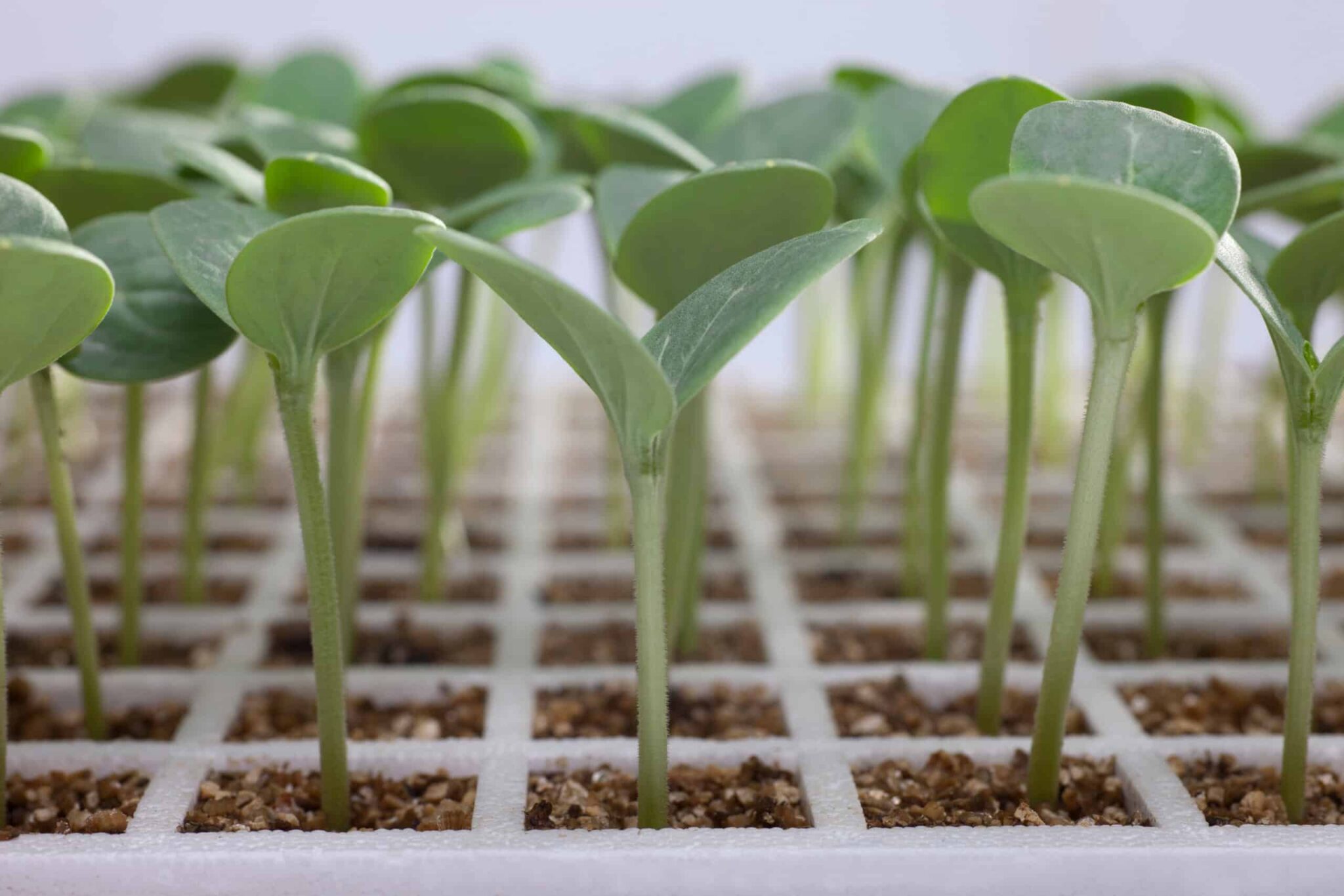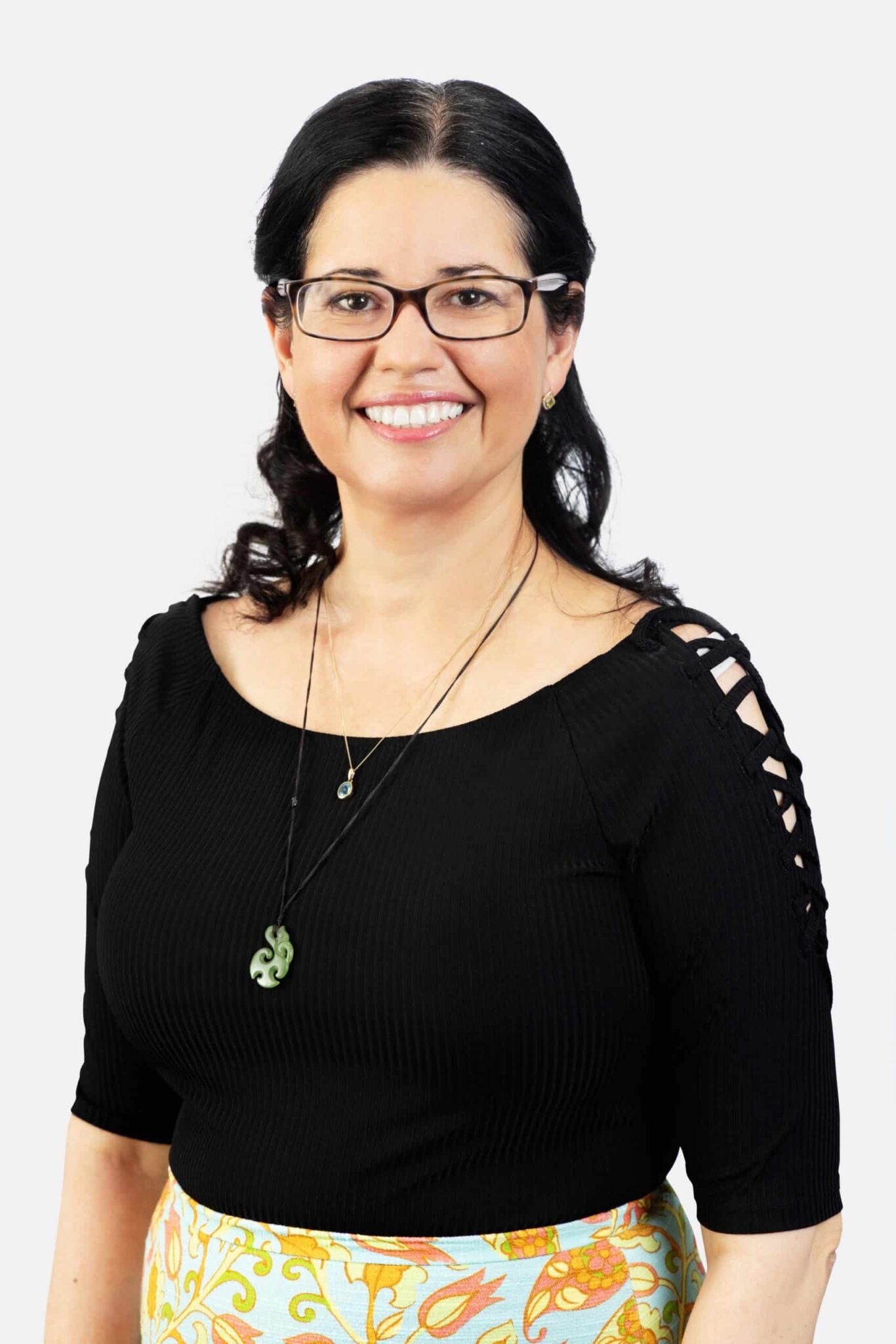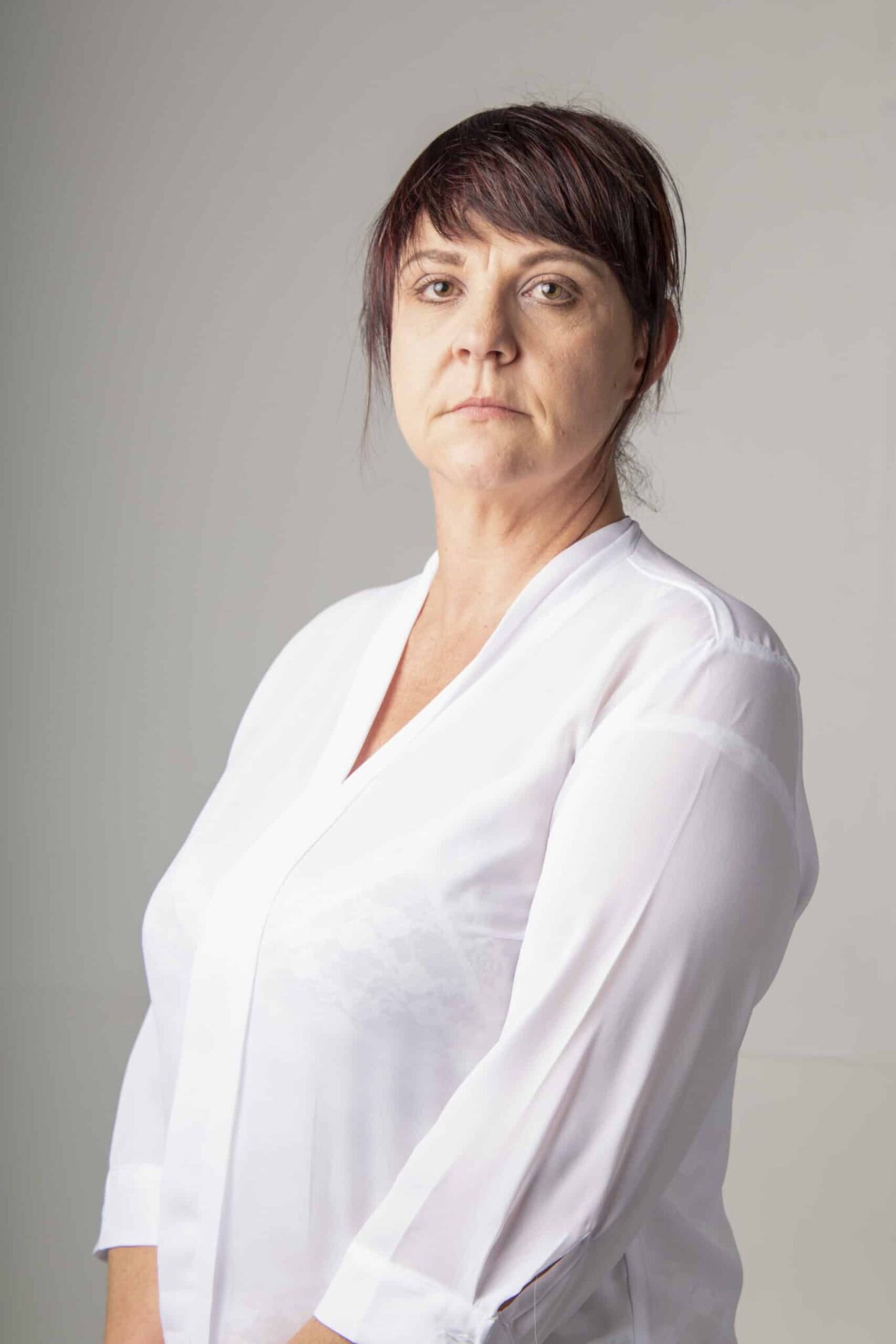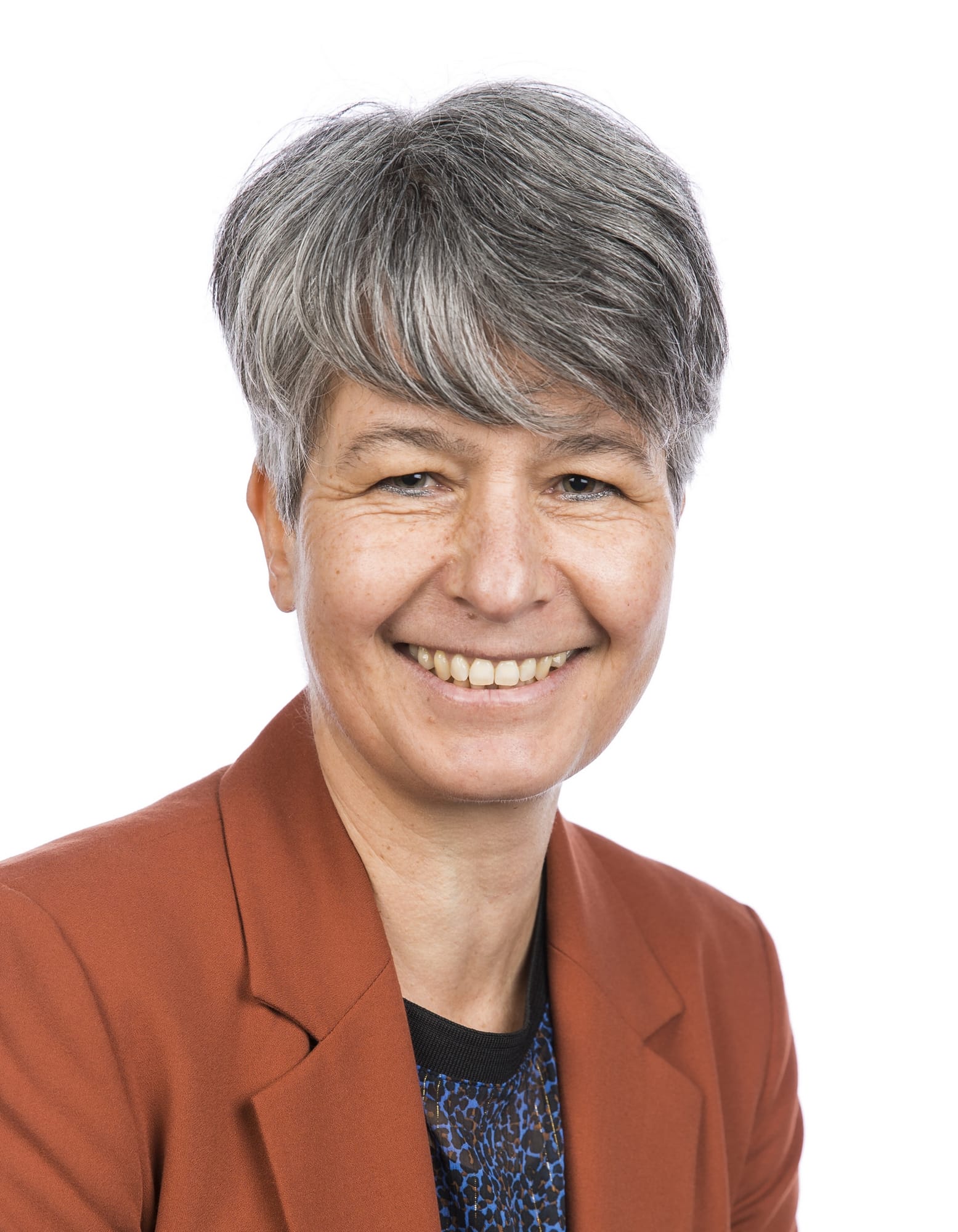A deep dive into the Multilateral Systems Approach
WHY IT MATTERS: Moving seed around the world can be a headache. One of the major hurdles to overcome is the many and often diverging national phytosanitary regulations that exist. Each country has a different set of requirements. These regulatory differences put a strain on companies in terms of resources invested to meet all those requirements, and cause delays and even rejections of seed shipments.
A solution to overcome these problems is a multilateral systems approach (SA), a concept that is being proposed and promoted by the seed sector. SAs have been used effectively in many agricultural sectors, though not yet in the seed sector. To learn more about the SA, Seed World Europe spoke with Isabel Bezuidenhout, phytosanitary manager at the South African Seed Organization (SANSOR), Merel Langens, global manager industry affairs at BASF’s vegetable seeds business and chair of the International Seed Federation (ISF) Systems Approach Expert Group, and Rose Souza Richards, seed health manager at ISF.
In the first part on this topic, we looked at why the SA proposal was necessary, what it entails, and what are its main benefits. In this second part, we will look at experiences with a SA, what countries and companies need to do to prepare themselves, and what progress has been made so far in the regulatory sphere.
Experience with a Systems Approach
“There have been experiences and case studies related to the implementation of SAs that the International Plant Protection Convention (IPPC) and its member countries can learn from. These experiences are in a bilateral format and for fresh fruit/vegetables,” says Souza Richards.
The IPPC, as the global standard-setting body for phytosanitary measures, encourages countries to share their experiences and best practices to foster knowledge exchange and enhance the implementation of SAs worldwide.
“The examples given are just a few, and many more experiences under a bilateral format exist globally. However, none exists for seeds to date and multilaterally. There are, however, a number of different SA projects for seeds under design, such as the case of the COSAVE project on corn seeds, ReFreSH in the U.S. and at ISF at the international level,” adds Souza Richards.
Langens adds that the SA the seed sector has in mind is somewhat different, as ideally it would function as a multilateral system. Also, SAs are generally implemented to avoid import bans or when no single measure is available.
So, the SA is meant as an alternative phytosanitary measure, developed in collaboration between NPPOs and the seed sector. Bezuidenhout underlines that a SA for seed will not be based on specific requirements per pest.
Rather, it would include general phytosanitary requirements to achieve multi-species control.
Still, says Langens, there are benefits to looking at existing SAs. “Even with these identified differences, I do think that the IPPC and National Plant Protection Organizations (NPPOs) can gain valuable knowledge from these existing SAs.”
Implementation of a Systems Approach
Implementing a SA at a national or organizational level requires careful planning and coordination. It is important for both NPPOs and companies to build the necessary trust, capacity and expertise to implement a SA effectively. “This can be accomplished through training programs, access to scientific and technical resources, and collaboration with relevant national and international organizations. By investing in training, infrastructure and coordination, both the NPPOs and companies can establish robust systems to manage phytosanitary risks and ensure compliance with international standards, ultimately facilitating safe trade in agricultural commodities,” says Bezuidenhout.
“Initially there will be a need for investment in time and resources by SA participants and the NPPOs,” says Langens. “An important criterium for companies will be to have a quality management system in place.
To set that up will take time and resources but the benefit of SA (increased predictability of seed movement) is expected to outweigh the required investments. NPPOs will need to adjust to a changed role of overseeing the system.”
Souza Richards says implementing a SA will require a collaborative effort between various stakeholders, including NPPOs, relevant authorities and companies. She says the following considerations are needed for implementation of a SA within organizations:
- Assess current practices: evaluate existing phytosanitary measures, procedures, and regulations in place to identify areas where a SA can be implemented. This assessment helps determine the scope and extent of changes needed.
- Risk assessment and management: conduct comprehensive risk assessments to identify potential pest and disease risks associated with the specific commodities and pathways involved in trade. Develop risk management strategies and measures to mitigate these risks effectively.
- Protocol development: collaboratively develop protocols and guidelines that outline the requirements and procedures for implementing the SA. These protocols should detail the phytosanitary measures, production practices, treatments, and certification processes to be followed.
- Training and capacity building: provide training and capacity-building programs to NPPOs, relevant authorities, and companies involved in the trade of plants and plant products. Training should cover SA principles, risk assessment methodologies, pest identification, treatment application, certification procedures, and compliance with phytosanitary regulations. This ensures that personnel have the necessary knowledge and skills to implement and maintain the SA.
- Infrastructure and facilities: assess the existing infrastructure and facilities to determine if any upgrades or additions are required to support SA implementation. This may include laboratories for pest identification and testing, treatment facilities, inspection stations, and facilities for production site visits and inspections.
- Resource allocation: evaluate the resource needs for implementing a SA, including staffing levels, expertise, and capabilities of NPPOs and companies. Additional staff with expertise in risk assessment, inspection, treatment and certification processes may be necessary. Adequate financial resources should also be allocated to support SA implementation effectively.
- Stakeholder engagement: foster collaboration and communication among NPPOs, companies, industry associations, research institutions, and other relevant stakeholders. Engage in regular dialogue and coordination to ensure a shared understanding of SA requirements, roles, and responsibilities.
- Pilot projects and monitoring: consider conducting pilot projects to test and refine the SA before full-scale implementation. Monitor and evaluate the effectiveness of the SA, including its impact on plant health protection, trade facilitation, and resource utilization. Make necessary adjustments based on monitoring results.
The specific implementation requirements may vary depending on the country, sector, and commodities involved. “Regular review, feedback collection, and continuous improvement are essential for successful SA implementation and long-term effectiveness in safeguarding plant health and supporting trade,” says Souza Richards.
Regulatory Progress
The IPPC is in the process of developing an Annex to ISPM 38, specifically dedicated to SAs for seed. This Annex will provide more detailed guidance on the implementation of SAs for phytosanitary measures. The progress on the Annex to ISPM 38 has been ongoing, with discussions and consultations held among the IPPC member countries and relevant stakeholders.
“It is worth noting that the development and finalization of international standards within the IPPC framework can take time due to the need for consensus among participating countries. The progress was quite good in the beginning, but members could not reach consensus at the last meeting of the Commission on Phytosanitary Measures (CPM) in 2023. This might be due to the complexity of the international movement of seed, the multilateral concept, or political issues,” says Bezuidenhout.
Souza Richards shares her insights into common struggles and opposition that can potentially hinder progress in implementing a SA for seeds:
- Complexity of seed systems: seeds are intricate in terms of their diversity, movement, and potential pest and disease risks. Implementing a SA for seeds requires considering the complexities of the global seed system, including diverse seed types, supply chains, and distribution networks. Addressing these complexities and developing harmonized measures is challenging.
- Differences in regulatory approaches: countries have varying phytosanitary regulations and approaches concerning seed movement. Harmonizing these regulations and aligning them with a SA is a complex task, as it may require adjustments to existing regulatory frameworks and national priorities. Differences in interpretation and application of scientific data and risk assessment methodologies can also contribute to opposition or slow progress.
- Balancing trade facilitation and pest risk management: discussions on implementing a SA for seeds involves balancing trade facilitation and pest risk management. Some countries may prioritize stricter measures to protect their agricultural industries and ecosystems, while others may emphasize trade facilitation. Finding a common ground that ensures effective pest risk management while minimizing trade disruptions can be a complex and sensitive process.
Despite these potential struggles, the IPPC provides a platform for member countries to collaborate, exchange knowledge, and work towards harmonizing phytosanitary measures, including those related to seeds. “Continued discussions, capacity-building efforts, and stakeholder engagement can help address challenges, overcome opposition, and advance the implementation of a SA for seeds,” says Souza Richards.
EXAMPLES OF A WORKING SYSTEMS APPROACH
Fruit Fly Management in Mediterranean Countries: Mediterranean countries have successfully implemented a SA to manage fruit fly pests including the Mediterranean fruit fly (Ceratitis capitata) and the Oriental fruit fly (Bactrocera dorsalis). These countries, including Spain, Italy, Greece, and Israel, have developed comprehensive SAs that integrate a range of phytosanitary measures, such as orchard hygiene, fruit bagging, trapping, male annihilation techniques, and post-harvest treatments. These SAs have proven effective in reducing fruit fly populations and facilitating international trade in fruits.
Citrus Black Spot Management in South Africa: South Africa has implemented a SA to manage the phytosanitary risk associated with citrus black spot (Guignardia citricarpa). The SA includes orchard management practices, packinghouse procedures, and post-harvest treatments to ensure the export of citrus fruits free from this disease. The successful implementation of the SA has allowed South Africa to maintain market access for its citrus products.
Export of Apples from New Zealand: New Zealand has implemented a SA to manage regulated moth species associated with apples for export for the export of apples to various countries, including China and the U.S. The SA involves in-field pest management such as moth trapping and mating disruption to reduce pest prevalence. It also includes removal of infested fruit at harvest and post-harvest orchard management practices, fruit quality standards, pest monitoring, post-harvest treatments, and proper documentation. The systems approach is supported by training, registration of system participants, good record keeping, phytosanitary security of product for export and good industry practices. By implementing this SA, New Zealand has been able to meet the phytosanitary requirements of importing countries and maintain market access for its apple exports.
















